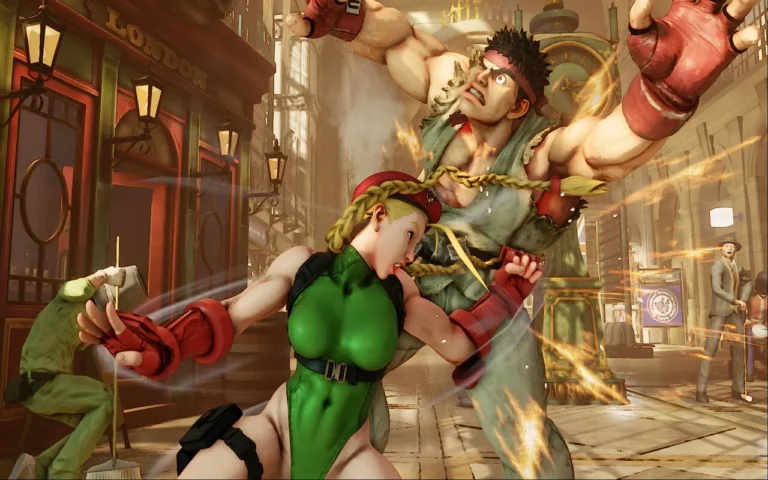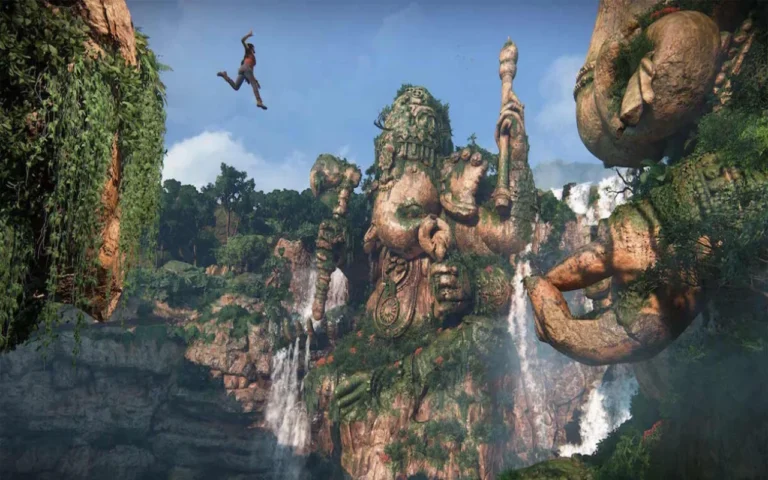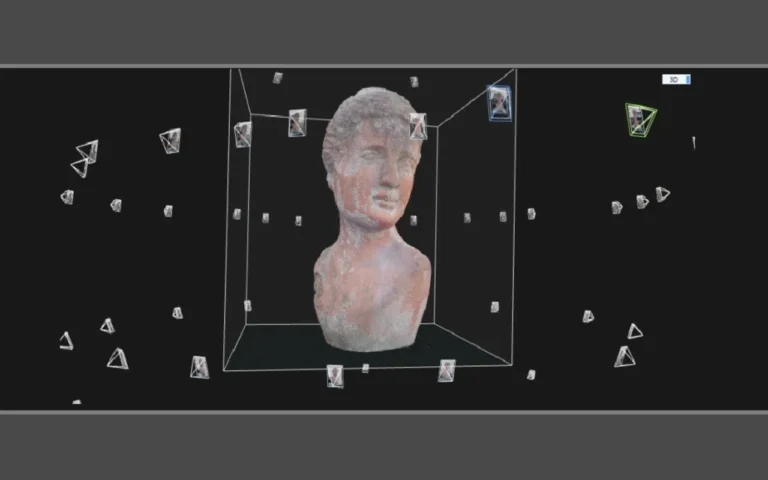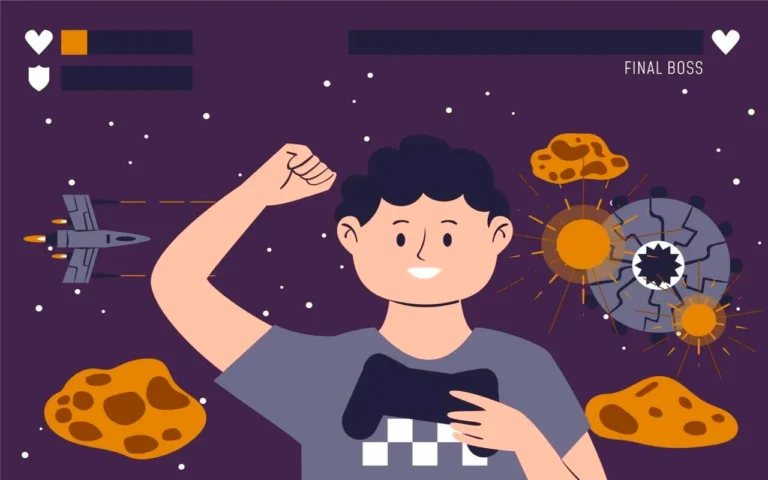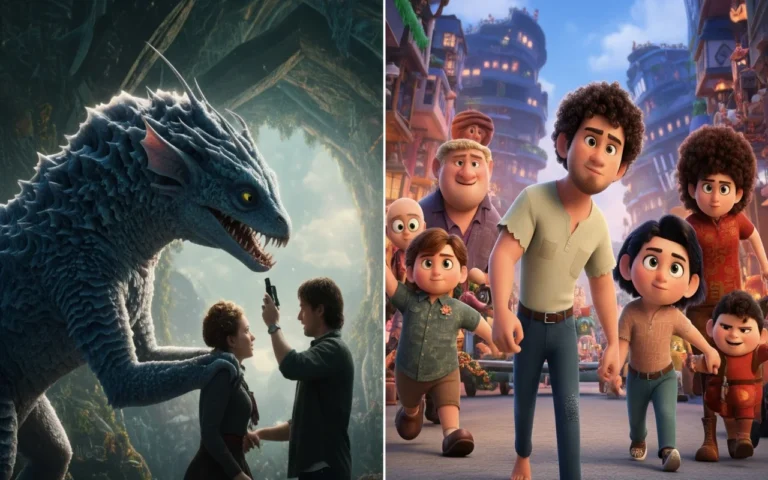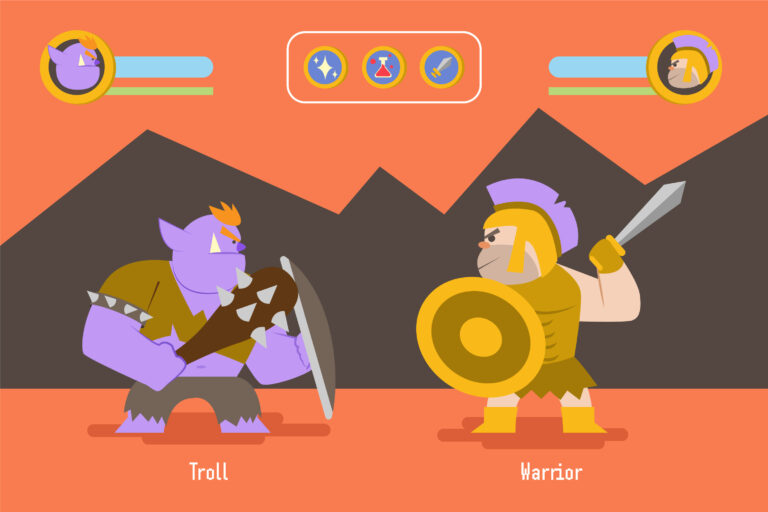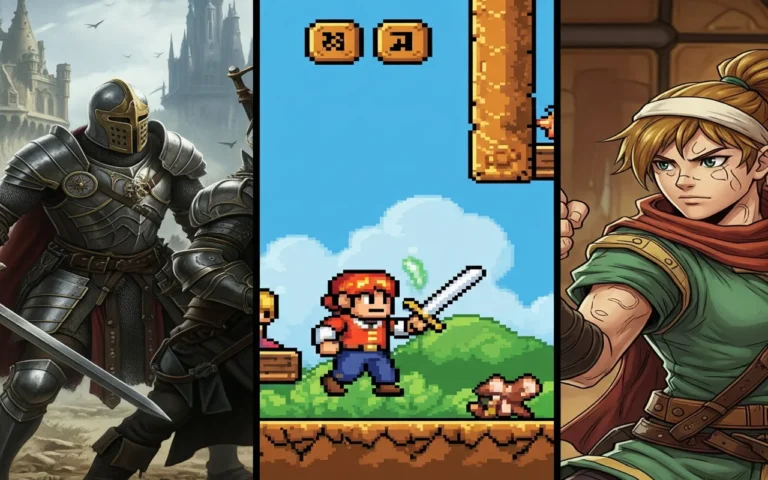Imagine playing in a game world where the boundaries of reality fade, and you become not just a player but an active and breathing part of the storyline! That’s pretty much what virtual reality (VR) gaming has continuously tried to achieve, but regardless of the long way overcome, what lies beyond the threshold?
One thing is for sure: the future of virtual reality gaming promises to revolutionize entertainment by blending cutting-edge technology with the wildest corners of human imagination!
As an animation enthusiast, you must have always been fascinated by how stories come to life through movement and design. Well, VR takes that magic and expands it into dimensions we’ve only dared dream of.
Now, let’s dive into this exhilarating and semi-complex frontier and explore where VR gaming is headed, from mind-blowing tech advancements to immersive game art storytelling that could change how we see the virtual and actual world – and even ourselves!


Need Game Art Services?
Visit our Game Art Service page to see how we can help bring your ideas to life!
The Trend of VR Evolution So Far: From Pixels to Presence!
To better understand the future of virtual reality gaming, we need to take a quick look at its roots. What is VR gaming?
Virtual reality isn’t a new concept! Its seeds were planted decades ago with quirky headsets and fundamental graphics that shone like a fever dream! Remember the Virtual Boy from the ‘90s? It was a noble flop, but it indeed hinted at what was possible.
Fast forward to today, and devices like the Oculus Quest, PlayStation VR, and Valve Index have turned those early experiments into something tangible.
We have gone from flat screens to 360-degree worlds where you can swing a sword, dodge a bullet, or explore alien landscapes—all from the comfort of your living room!
Animation has been the beating heart of this evolution. Think about how VR games like Beat Saber or Half-Life: Alyx use intricate visuals and fluid motion to pull you in. It’s not just about realism; it’s about presence! That spine-tingling feeling that you’re genuinely there!
Nevertheless, we’re still in the early chapters of this epic phenomenon. The future of game industry is a canvas waiting for bolder strokes, wilder colors, and stories that don’t just entertain but transform the industry and our lives!

How Tech is Shaping the Future of VR Gaming
It’s a safe bet to assume that the future of virtual reality gaming highly depends on technology that’s evolving at warp speed.
Let’s look at some of the key players that, we think, will shape this exciting new world.
Next-Gen Headsets: Lighter, Smarter, Wilder
Today’s VR headsets are impressive, but for VR purposes, they’re still a bit like wearing a brick on your face!
Future advancements guarantee sleeker and more delicate designs—think lightweight glasses or even contact lenses with built-in displays!
Companies like Meta and Apple are already teasing hardware that’s less intrusive and more intuitive. Imagine a headset that scans your room in real-time, adapting the game world to your physical space! For example, your coffee table becomes a fortress, and your couch a dragon’s lair!
As always, animation will play a huge role here, creating art for VR games. Artists will undoubtedly integrate animation to craft seamless transitions between the real and the virtual, with such crisp visuals that you’ll forget where the actual reality ends and the virtual one begins.
Haptic Feedback: Feeling the Game!
What’s a virtual world if you can’t feel it? Haptic technology has absolutely revolutionized the future of virtual reality gaming by letting us touch the untouchable!
Gloves, suits, and even full-body and correct rigging are in development, promising to simulate everything from the weight of a sword to the warmth of a virtual campfire.
Imagine exploring an alien world where an animated character hands you a glowing orb, and you actually feel its hum in your palms!
Teslasuit and HaptX are already at work to push these boundaries, and soon, every punch, hug, or breeze in a virtual world will come in contact with your real-life senses.
Brain-Computer Interfaces: Gaming with Your Mind!
This is where things take a turn to look downright sci-fi!
Brain-computer interfaces (BCIs) like Neuralink are hinting at a future where you don’t just control the game—you think it into action!
Picture this: you’re an animated hero rock climbing your way in the mountains, and instead of pushing the buttons of a controller, you simply will your avatar to climb!
BCIs are also suggested to tap into your emotions, adjusting the game’s pace or narrative based on the player’s excitement or fear.
This ties directly into game design psychology, where understanding the player’s mental and emotional state shapes the gameplay experience.
The future of virtual reality gaming might not just be about playing—it could be about living various life stories in ways we can barely comprehend now.
AI and Procedural Animation: Worlds That Adapt!
As we all know, artificial intelligence is now a trendy, hot topic across various fields and industries. But in VR, AI is about to get personal!
Among all game genres, imagine NPCs (non-player characters) that don’t just follow scripts but react to your characteristics—your voice, your choices, your quirks.
AI powers procedural animation that could generate infinite landscapes and characters on the fly, ensuring that no two playthroughs are identical.
The future of virtual reality gaming could entail animated worlds where all your surroundings evolve with you, like a living, breathing canvas painted by your every move!
Storytelling in VR: Animation’s Next Frontier!
As animation enthusiasts, we should be most excited about how VR will redefine storytelling.
Games like Moss and Lone Echo have already premiered how VR can craft stunning narratives with heart and soul, but of course, the future holds something even greater.
You Are the Hero: Immersive Narratives!
In conventional gaming narratives, we usually watch the story unfold on its own. In VR, however, we are the story!
The future of virtual reality gaming will lean hard into this one aspect, creating animated worlds that respond to your every decision. Imagine a game where you’re a pirate captain and your crew’s loyalty changes based on how you treat them. Or, during a bloodbath battle, a dragon spares your life because you have shown it mercy.
Animation is the key to bringing these moments to life with expressive characters and environmental storytelling that feel alive, not scripted.
Multi-Sensory Adventures!
The VR future is about more than what you see; it’s also about what you hear, smell, and touch.
Picture an animated forest where the rustle of leaves is synchronized with a breeze you feel through haptic gear. Or, imagine walking down an aisle in a marketplace and the scent of virtual spices releases through a synced device.
The future of virtual reality gaming will fuse visual game-art storytelling with multi-sensory tech to create such vivid experiences that you’ll swear you’ve stepped through a portal!
Collaborative Worlds: Sharing Your Dreams!
VR is already considered a social experience—think Rec Room or VRChat—but the future will most likely take this aspect to higher ground.
Imagine animated universes where you and your friends co-create the storyline, building castles or battling titans together! The challenges of designing game environments that support such dynamic collaboration are immense, but animation will be the glue to ensure these shared spaces feel cohesive and alive, no matter how many players join the fray.
The future of virtual reality gaming could possibly turn solitary escapism into a team adventure.
The Cultural Impact: How Will VR Gaming Development Shape Our Lives?
The future of virtual reality gaming is more than technological advancement or gaming stories—it’s about how it will change us and our lives.
As animation and VR collide, we should definitely be expecting a cultural shift that could even overthrow the rise of cinema or the internet!
Education Through Play!
VR games are already sneaking into classrooms, teaching history or science with their interactive worlds.
In the future, animated VR experiences could let kids (and adults!) walk through ancient Rome or explore the human body from the inside.
The future of virtual reality gaming might fade the line between fun and learning since there are animation services to make complex ideas irresistible.
The Rise of Virtual Identities!
As VR worlds grow more affluent, so will our virtual avatars. AR and VR revolutionize games by introducing tools that let us craft animated alter egos that feel as real as our flesh-and-blood selves.
With motion capture and AI in animation, your avatar could mimic your gestures, laughs, and quirks, fading the line between who you are and who you want to become in VR. Integrating animation is the primary key to giving these digital selves personality and depth.
Empathy in Action!
Animation has always been a tool for empathy; Exhibit A is all of Pixar’s tear-jerkers!
VR takes this feature further by putting you in someone else’s shoes—literally.
Future VR games could let you live as a refugee, an astronaut, or even an animal, with animated visuals amplifying the emotional touch.
With animation’s psychological impact, the future of virtual reality gaming mixed with animation could make us more connected and human by showing us various perspectives we’d never otherwise see.
What Challenges Are on the Horizon for Future VR Gaming?
Similarly to any other matter, the future of virtual reality gaming isn’t all sunshine and holograms. There are, of course, challenging obstacles to leap—and they’re not small!
Accessibility: Is This a World for Everyone?
Right now, VR is pricey. High-tech headsets and beefy PCs aren’t cheap, and that locks out many players.
The future of VR gaming needs to democratize this tech with more affordable options that aren’t stingy on quality. Incorporating animation can help here, with stylized, less resource-heavy visual tools that could make VR more accessible without sacrificing immersion.
Health and Ethics: Is There a Dark Side to Immersion?
Spending hours in VR can mess with your head—literally.
Motion sickness, eye strain, and even psychological detachment are real risks of VR gaming addiction. The future of virtual reality gaming will need to tackle these, maybe with more innovative designs or built-in breaks.
Given the addictive nature of these products, when virtual worlds feel this good, will we want to come back to our reality? Animation’s role here might be to balance the allure, crafting experiences that dazzle but don’t consume our genuine souls.
Privacy: Who’s Watching Your Virtual Life?
Given VR’s exhilarating features, it’s evident that it tracks your every move—your gaze, your gestures, and your reactions—to create such unique and personalized experiences.
In the future, this data could be gold for advertisers or worse!
The future of virtual reality gaming must prioritize privacy to ensure that our animated adventures don’t become our real-life surveillance nightmares.
Final Words
So, now that the dreamscape awaits, what’s next? Where does this all lead?
The future of virtual reality gaming holds an infinite number of possibilities—some thrilling, some daunting, and yet all transformative!
Imagine that a decade from now, you slip on a featherlight headset and dive into an animated universe tailored to accommodate your wildest dreams. You feel the ground quake as a dragon lands, its scales glinting in the sun. Your friends join from across the globe, their avatars as vivid as they are in real life. The story unfolds and is designed with your own choices; the world shifts with your thoughts, and when you step out, you’re not just refreshed—you’re changed!
Animation will be the guardian soul of this revolution, breathing life into every pixel and sensation while minimizing the downside of spending too much time in virtual reality.
The future of virtual reality gaming isn’t just about playing—it’s about creating, connecting, and exploring in ways that mock the limits of our physical world.
The tools are here, the vision is clear, and the canvas is infinite. Are you ready to step inside?
